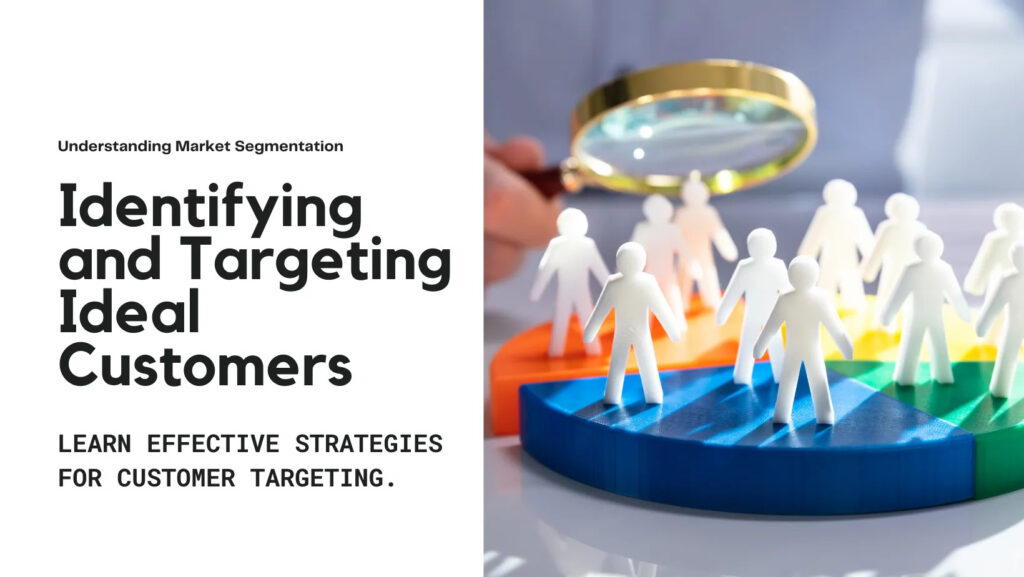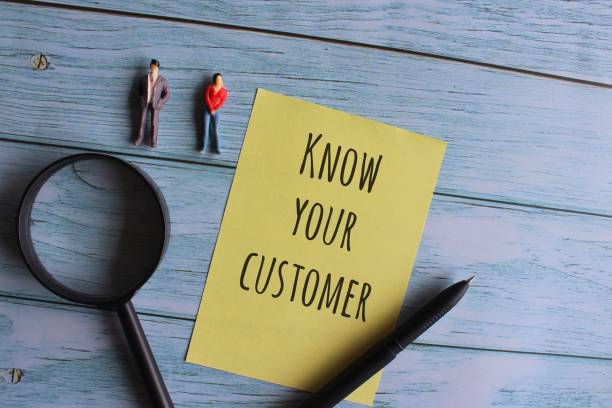
When it comes to growing a business, one truth stands out: you can’t serve everyone, and you shouldn’t try. The most successful brands don’t appeal to everyone, they focus on the right audience with the right message at the right time.
Defining your ideal customer is a critical step in building an effective business growth strategy. Without clarity on who you’re targeting, even the most creative marketing campaigns and product innovations can fall flat.
This article will walk you through how to research, select, and define your target market so your marketing spend works harder, your sales process runs smoother, and your brand connects more deeply with customers.
Why Your Target Market Matters for Business Growth
Your target market influences everything in your business, from product design to pricing to the channels you use to reach people. It’s the foundation of strategic marketing and scaling a business effectively.
When you know your ideal customer, you can:
- Craft marketing messages that resonate deeply
- Reduce wasted ad spend on unqualified leads
- Build products and services that meet real needs
- Increase customer loyalty and lifetime value
Fact: As per HubSpot, with personas, brands have seen a 14% increase in email click-through rates (CTR) and a 10% improvement in conversion rates.
Step 1: Understand the Market Landscape
Before you zoom in on your ideal customer, you need to look at the bigger picture. Start with market research to understand trends, size, and demand.
Key research areas:
- Industry growth rate (Is the market expanding or contracting?)
- Competitor analysis (Who’s dominating and why?)
- Customer trends (What problems or desires are emerging?)
Example: If you run a boutique fitness studio, industry research might show that online fitness subscriptions are growing, but there’s also renewed demand for small, community-driven, in-person classes post-pandemic.
Step 2: Segment Your Audience
Audience segmentation is dividing the market into smaller, more specific groups. This helps you target messages with surgical precision.
Common segmentation methods:
- Demographic: Age, gender, income, education, occupation
- Geographic: Country, city, climate, urban/rural
- Psychographic: Values, interests, lifestyle
- Behavioural: Buying patterns, brand loyalty, usage frequency
Pro Tip: Combine at least two segmentation types for better accuracy. For example, “Women aged 30-45 in Toronto who value eco-friendly products and spend $200+ monthly on skincare.”

Step 3: Create an Ideal Customer Profile (ICP)
An Ideal Customer Profile is a detailed description of the person most likely to buy from you and benefit from your offer.
Include:
- Name and persona label (Eco-Minded Emma)
- Key demographics and psychographics
- Pain points
- Goals and motivations
- Preferred communication channels
Example ICP for a SaaS tool:
“Tech-Savvy Thomas”, a 32-year-old startup founder, values automation, wants to cut admin time by 50%, and prefers LinkedIn and email communication.
Step 4: Validate Your Assumptions
It’s easy to make guesses about your customers, don’t. Test your assumptions with:
- Surveys and polls (Ask current customers what they value most)
- Social listening (Track conversations about your industry)
- A/B testing (Test different messages/offers and measure response)
By validating, you ensure that your targeting isn’t based on bias but on real-world data. This approach aligns directly with the data-driven planning we discuss in our Ultimate Guide to Growth Strategy for Businesses.
Step 5: Align Your Marketing with Your Target Market
Once you know your ideal customer, your marketing should speak directly to them:
- Use their language in ad copy
- Address their specific pain points
- Show proof that you can solve their problem
- Focus on the platforms they use most
For example, if your target audience spends most of their time on Instagram, investing heavily in LinkedIn ads would likely underperform.
Common Mistakes to Avoid
- Being too broad (“We target everyone” is a recipe for wasted resources)
- Failing to adapt (Your market will evolve, so should your profiles)
- Ignoring existing customers (Retention often costs less than acquisition)
Next Steps
- Map out your market segments.
- Create detailed buyer personas.
- Test and refine based on real data.
Understanding your target market isn’t a one-time exercise, it’s an ongoing process. The more you refine your ideal customer definition, the more precise and effective your strategic growth initiatives become.
For a full blueprint on building a scalable growth strategy that integrates market research, positioning, and execution, book a free consultation.
